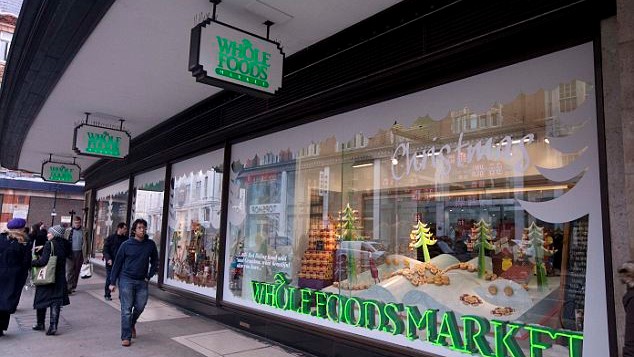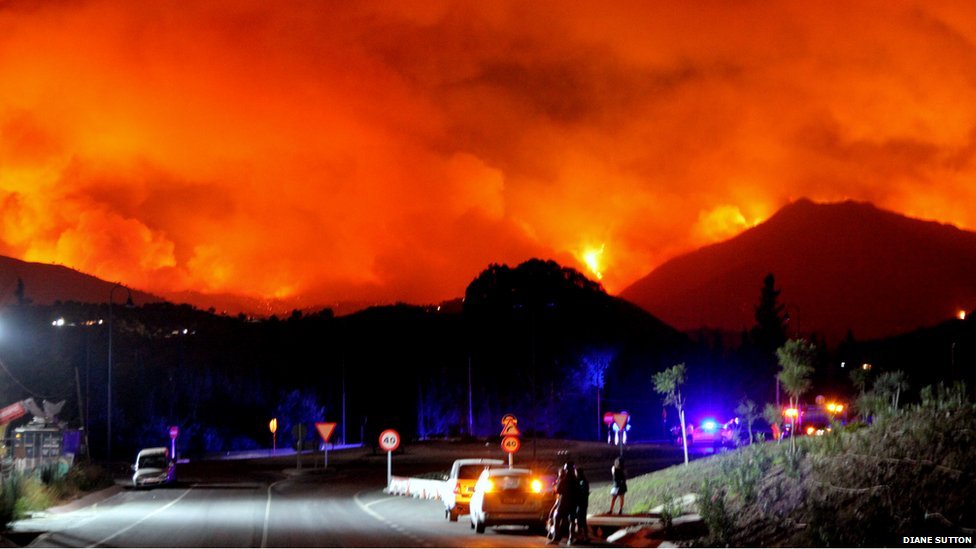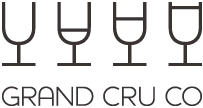Amazon Wine to close by end of year – reports
Amazon Wine has been running for about five years, allowing wineries and suppliers to sell wines through Amazon.com.
But, in an email to Amazon Wine sellers, which has been widely reported by media outlets, the company stated that ‘as Amazon continues to offer customers additional retail options for buying wine, we will no longer offer a marketplace for wine at this time, and Amazon Wine will close on December 31st, 2017′.
According to TechCrunch, the statement added, ‘Wine will continue to be offered through Amazon Fresh, Prime Now and Whole Foods Markets.’

A spokesperson for Amazon could not be immediately reached for further comment.
Earlier this year, Amazon bough organic food retailer Whole Foods, which also sells wine. Amazon Fresh and Prime Now are both grocery delivery services from Amazon, which include wine and beer. The market for on-demand food and drink delivery has become increasingly competitive in the past couple of years, with Deliveroo and Uber also expanding to wine, beer and spirits.
Earlier this year, an Oregon wine estate developed a wine ‘from conception to release’ with Amazon Wine – although Amazon cautioned that it had not been directly involved with developing the brand. Its job was to provide wines with a platform to sell from, it said.
Online marketplace eBay launched into wine retail in 2016 in 45 US states, and earlier this year that it would add another 1,000 wines to its lists in the UK via a deal with WineDirect.
World wine production plummets to 1960s levels
Wine lovers may have to pay more for some of their favourite bottles as new figures show world production has sunk to 'historic lows', after severe frosts and heatwaves curtailed 2017 yields in France, Spain and Italy.
Small harvests in Europe’s main producing countries mean that world wine production has sunk back to levels barely seen since the 1950s and early 1960s, the International Organisation of Vine and Wine (OIV) said. It estimated that global production would hit 246.7 million hectolitres in 2017, equivalent to 24.67 billion litres, down by 8% versus 2016.
Severe spring frosts and a spike of hot weather dubbed the ‘lucifer heatwave’ mean that Italy is facing its smallest harvest for 60 years and France is expected to produce one of its lowest grape hauls in the post-Second World War era.
Spain and Germany are also expected to see harvests shrink, although the US is expected to produce the same as last year – despite the recent fires in California wine country.
Italy, France and Spain are the world’s biggest three wine producing nations and these three expected to register declines of 23%, 19% and 15% respectively on last year, to 39.3, 36.7 and 33.5 million hectolitres.
The OIV’s warning follows on from global wine production hitting a 20-year low in 2016, with Argentina and Chile suffering from the effects of El Niño that year. Historically low harvests have raised the question of price rises for wine lovers.
Analysts at Rabobank said that they expected global wine stocks to ‘dramatically tighten’, which would exacerbate rising prices for wine shipped in bulk – generally sold at the lower end of the price ladder. However, effects on price are difficult to predict and the weather has not distributed its wrath in uniform fashion across Europe’s vineyards.
Premium wines from the 2017 harvest will not be released for several months, and even years, in some cases. And a lot will depend on stock levels in different regions and appellations.
There is concern about the financial stability of producers in some regions, such as the Loire in France, which was hit hard by frost in both 2016 and 2017. Quantity is not everything and there has been early optimism around quality in several European regions.
Deadly wildfire ravages Spain and Portugal
Wildfires in winemaking areas of Portugal and northern Spain have claimed at least 45 lives and burnt through thousands of hectares of agricultural land, including vineyards and winery owners' homes in both Galicia and the Dão.
Six thousand firefighters have spent the past week fighting more than 65 fires across Galicia in Spain and central Portugal. The unfolding tragedy had claimed 45 lives by Wednesday this week (18 October) – 41 in central Portugal and four in Galicia, according to the BBC.
Portugal’s interior minister resigned this week and the country has declared three days of mourning.
Winds from Hurricane Ophelia fanned the flames, worsening the situation; just as high winds also proved a major problem for thousands of fire crews battling blazes in California wine country last week.
Several winemakers in Galicia and Dão found themselves on the frontline, like their counterparts in Napa and Sonoma.
‘From Sunday night to Monday there were terrible fires all over Portugal and particularly in the Dão region,’ local winemaker Luís Lourenço told reporters.
‘It was frightening because the wind was blowing in all directions, and it was almost impossible to control the fire. At Quinta dos Roques we are surrounded by pine forests, [and] some vineyards were ignited by the heat alone. I have about 12 hectares [out of 35] affected by the fires.
Sara Dionísio, owner of organic producer Casa de Mouraz in Tondela, Dão, said they lost vineyards, their home and a warehouse holding 100 pallets of wine. ‘It was all so fast,’ she said, who had been temporarily living elsewhere with her husband-winemaker Antonio, while their house was being refurbished.
‘During Sunday night we started to have winds faster than 100km/hour. We received a call that our vineyards were burning and Antonio went there with one of our employees to try to save part of the warehouse.
‘They stopped the fire in one part, but the other part completely fell down, landing on their heads. They went to hospital. It is a miracle that they are ok.’ It is understood that some family members of winery employees were among those who died in the area, although no further details were available at the present time.
The team at Casa de Mouraz managed to save the winery filled with the freshly picked 2017 harvest. They now hope that 2017 vintage sales will help fund rebuilding and replanting.
‘It is a complete tragedy and we have to talk about it, because we need to change our forest management in Portugal, especially considering climate change, so this doesn’t happen again,’ said Dionísio. In June, 64 people were killed in forest fires in Portugal.
In northern Spain, ‘the fires were very strong in Galicia and Asturias’, said Luis Bultron, president of Galicia’s winemakers’ association.
As Neves in Rías Baixas suffered the brunt of the fires. ‘Over 90% of the agricultural land in As Neves has been burnt, and somewhere between 15-20% of that is vineyards,’ consultant winemaker in the region, Jorge Hevella, told Decanter.com.
‘People have lost entire vineyards here, and their homes. It’s a barbarity; these fires were caused by arson. Some of the vines will never recover, and the land is still smouldering.’ It has not been proved that arson was the cause of the fires.
Bultron added, ‘Nobody can remember an October as hot as this year and the hot air, wind and dry land combined with the fires made it an apocalyptic scene. The nuclei of the fires was in urban areas in Galicia, and in the forests in Asturias. The fire was very close but fortunately relatively few vineyard regions were affected. The worst was Rías Baixas.’
Light rainfall since Monday evening has enabled fire crews to control the fires in northern Spain and Portugal, as producers and local wine associations begin to assess the damage.




